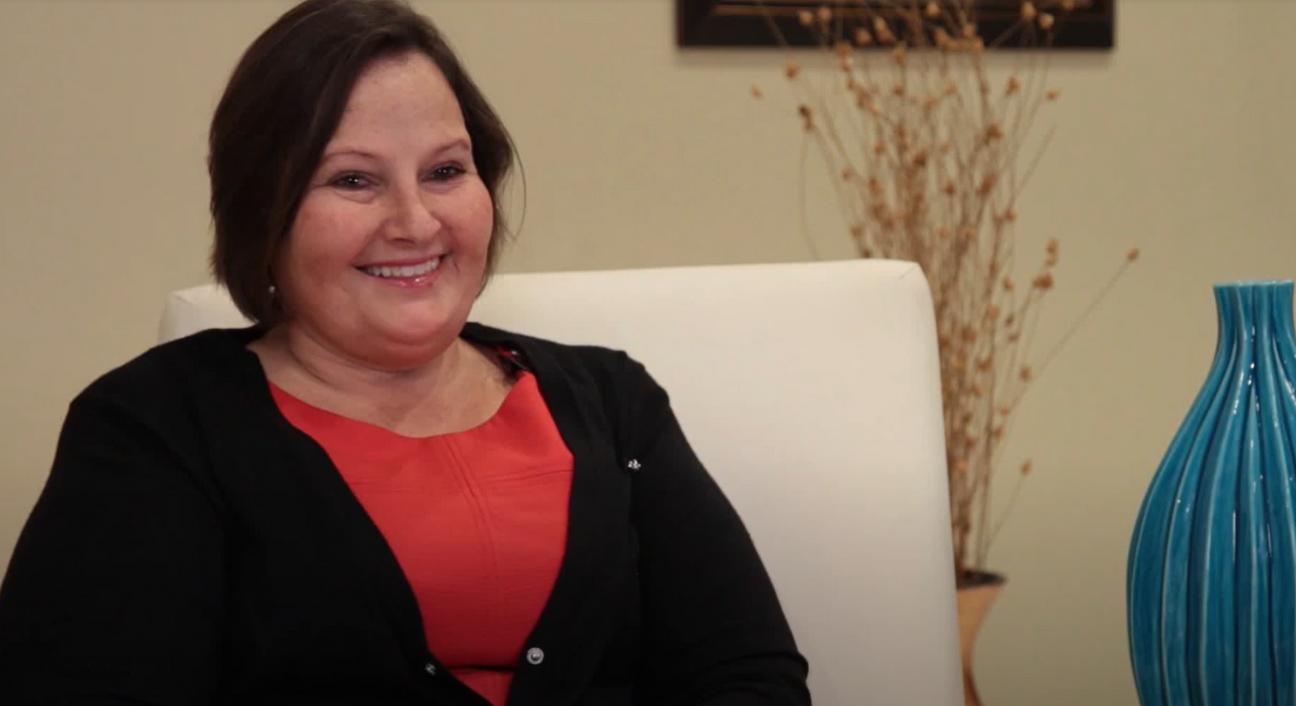
2 minute read
FEBRUARY IS AMERICAN HEART MONTH!
Get the Facts. Know Your Numbers.
February is American Heart Month, a time to pay special attention to understanding, preventing, and treating heart disease – the leading cause of death in the nation and the #1 killer among women, above and beyond all forms of cancer. This February, the 58th American Heart Month, the AHA is urging people all over the country to "reclaim your rhythm."
Advertisement
And the AHA’s Go Red for Women Initiative is all about spreading the word to women everywhere that getting the facts, and knowing their numbers, is vital to living life without the threat of a cardiac event.
When it comes to heart diseases and cardiac events, such as a heart attack or stroke, women experience different symptoms than men, and those symptoms can often fall under the radar. Victims can look and feel healthy until a cardiac event occurs; which is what has given heart disease its well-earned name, the silent killer.
According to the American Heart Association, one in three women die of a heart-related condition annually, killing approximately one woman every 80 seconds. With these alarming statistics, AHA also reports that 80 percent of cardiac events can be prevented with education and lifestyle changes. And here at home in Tennessee, the Tennessee Department of Health reported earlier this month that heart disease is the state’s #1 cause of death.
Chattanooga resident, Kim Lewis, is one of many local survivors of a cardiac event. Her story is an inspiring one. 20 years ago, at the young age of 33, Kim was diagnosed with heart failure and given six years to live. After dealing with chronic illness for many months, the doctors overlooked her heart, thinking she was too young at the time for heart disease to be the culprit.
When Kim was diagnosed and told she had only a few months to live, she was in shock. Fortunately, for her, it wasn’t too late. With medical intervention and immediate lifestyle changes, Kim was able to reverse her condition and is now thriving as a certified CPR teacher and volunteer for the local chapter of the Heart Association.
What can you do to reclaim your health, and prevent a cardiac event? Below are some recommendations:

Exercise for at least 150 minutes of moderate-intensity physical activity a week - whether walking or just in a chair, moving your arms and legs!
Eating healthy - (the AHA's Heart-Check mark on many pantry items can guide you in the grocery store)
Not smoking or vaping
Maintaining a healthy weight
Controlling blood sugar, cholesterol, and blood pressure
Getting regular checkups
Learning Hands-Only CPR
Finding ways to relax and ease your mind, such as meditation
I do the Heart walk every year with my husband, and my cousins Josh and Andrea,” said Kim Lewis, a heart disease survivor “Josh's father almost died of a heart attack but because of CPR is still here today. He watched the doctor doing CPR on his father, my uncle. I love meeting other survivors and getting them involved

For nearly a century, the AHA has worked to encourage people to live healthier and longer, free of heart disease and stroke. But the first American Heart Month didn't come until 1964. President Lyndon B. Johnson, among the millions of people in the country who'd had heart attacks, issued the first proclamation for American Heart Month in 1964 to spotlight heart disease. Since then, U.S. presidents have annually declared the federally designated event for February.
WHAT IS AMERICAN HEART MONTH?
During American Heart Month each February, the nation comes together to ignite a wave of red from coast to coast. From landmarks to news anchors to neighborhoods to online communities, this annual groundswell unites millions of people with a common goal: to end heart disease and stroke.









